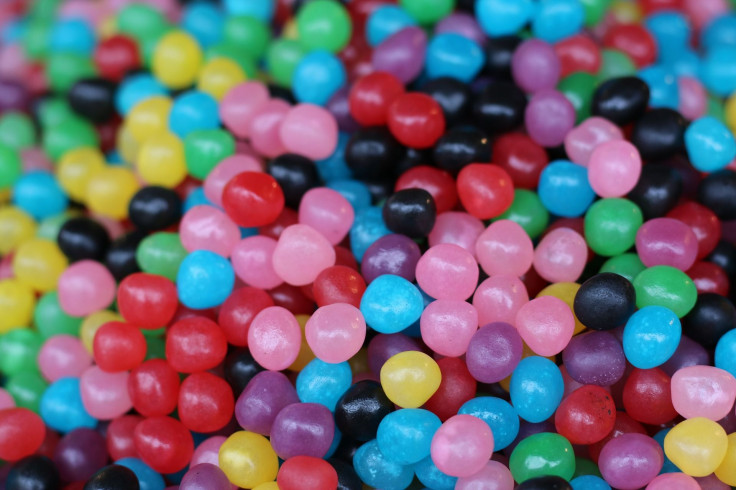7 Things You Need To Know About Hypoglycemia And How To Reduce Episodes

Given all we know about sweets being bad for our health, low blood sugar may not sound that bad. But hypoglycemia is a serious and potentially dangerous problem, and is often associated with diabetes because insulin and other medications for that disease can lower blood sugar.
Hypoglycemia can cause a lot of different symptoms. According to the National Institute of Diabetes and Digestive and Kidney Diseases, milder symptoms include shaking, sweating, hunger, headaches, fatigue, dizziness, disorientation, paleness, weakness, a fast heartbeat and blurred vision. It can also cause changes in mood, including irritability, nervousness or otherwise changed behavior. During more severe episodes, a person can become unable to eat or drink, suffer seizures or convulsions or fall unconscious.
The Mayo Clinic notes that, “Like fever, hypoglycemia isn't a disease itself — it's an indicator of a health problem.” And although the effects of hypoglycemia can be alarming, there is a lot of information out there about the condition and how to manage it.
See you in your dreams
The National Institute of Diabetes and Digestive and Kidney Diseases says hypoglycemia can even show itself while you are sleeping, causing nightmares, crying out and heavy sweating, “enough to make your pajamas or sheets damp.” It can also make people feel tired, irritable or confused once they’ve woken up.
Low-carb diets are not the answer
Many people looking to lose weight turn to low-carb diets, but in the case of hypoglycemics, you have to make sure your carbohydrate intake balances out medications that lower blood sugar. The NIDDK explains that the digestive system breaks down carbs into glucose, which “then enters your bloodstream and raises your blood glucose level.”
Neither is intermittent fasting
Skipping a meal, especially after being asleep for several hours, or sometimes even just delaying one, could have a negative effect on blood sugar.
Simple snacks can help
The American Diabetes Association says 15 grams of simple carbs may do the trick of raising blood sugar in a pinch. And 15 grams of sugar can be found in two tablespoons of raisins, some juice, soda, a tablespoon of honey or a handful of candies, depending on the type. However, the NIDDK warns that people with kidney disease should not turn to orange juice, as it has a high level of potassium.
There is medical treatment
For people who are at risk of severe hypoglycemia episodes, doctors may suggest a home kit containing an emergency injection of glucagon, a hormone that helps regulate glucose in the blood. The Hormone Health Network explains that the pancreas secretes glucagon, which encourages the liver to convert its stores into usable glucose and release it into the blood.
Exercise is good ... but also bad
The NIDDK says exercising more than normal can lower blood sugar levels for up to 24 hours after the increased physical activity. To prevent an episode, you might need to check your blood sugar levels before, during and after the exercise, and use that information to adjust medicine and food intake appropriately. “For example, you might eat a snack before being physically active or decrease your insulin dose as directed by your health care provider to keep your blood glucose from dropping too low.”
Other causes of low blood sugar
Hypoglycemia can have a number of different sources, the Mayo Clinic says, including drinking too much alcohol, particularly without eating anything. That can “block your liver from releasing stored glucose into your bloodstream.” There is also anorexia, the eating disorder marked by long-term starvation, which depletes the body of its resources. And some disorders linked to the adrenal or pituitary glands can make the body deficient in hormones it needs to regulate glucose.



























